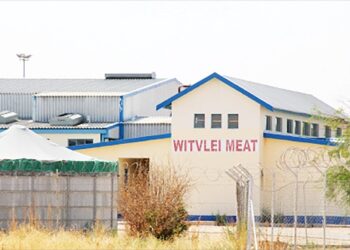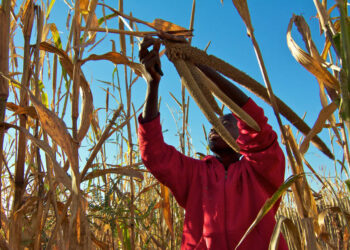
Namibia’s white maize production surged by 70.8% to 2,203 tonnes during the first quarter of the year, latest figures show.
Despite the increase, data from the Bank of Namibia’s Quarterly Bulletin for June 2024 shows that local crop production followed its usual seasonal pattern and declined significantly by 84.6% from 18,916 tonnes produced in the prior quarter.
According to the central bank, although local crop production of white maize rose, that of pearl millet and wheat declined, as a result of drought conditions in the country.
“Local crop production of white maize rose while that of pearl millet and wheat dwindled on a yearly basis but all monitored crops saw quarterly declines as unfavourable rainfall conditions continued to weigh on domestic crop production,” says BoN.
Agricultural innovations are curbing the bleak outlook of the local crop production.
“This was mainly ascribed to a marked harvest from irrigation production in a quest to benefit from favourable SAFEX prices,” said the report.
Despite the significant up-hailing trends in the production of pearl millet and wheat, there has been a slight reduction in the general local production of the aforementioned agricultural products.
“The local production of pearl millet and wheat declined by 38% and 6%, respectively, to 187 tonnes and 471 tonnes,” shows the BoN Bulletin.
This was primarily attributed to generally disappointing rainfall received in the 2023/24 rainfall season.
BoN reports that an increasing demand for importation of white maize and wheat caused an increase in those commodities due to drought and the lack of large-scale agricultural innovation in local crop production.
“Crop imports increased by 10% to 71,154 tonnes, reflected in the imports of white maize and wheat, except for pearl millet, which declined,” BoN says.
According to the Namibian Agronomic Board, it forecasts that the country could spend over N$1 billion on maize imports this year to augment a maize shortfall caused by drought.
Namibia historically produces around 52% of its total maize consumption, averaging roughly 98,000 metric tons annually out of a demand for 178,000 metric tonnes.
The current drought is expected to drastically reduce domestic production to a mere 33,000 metric tonnes.











